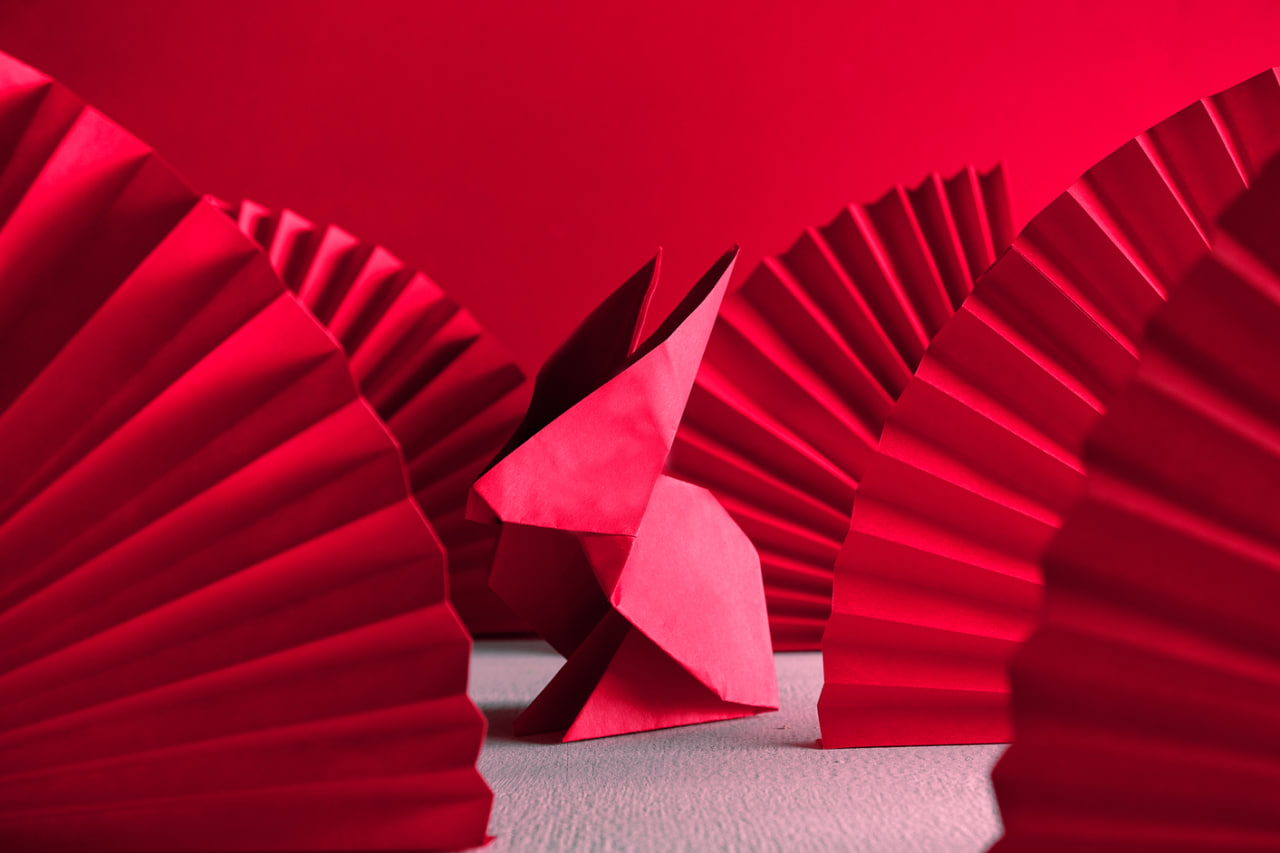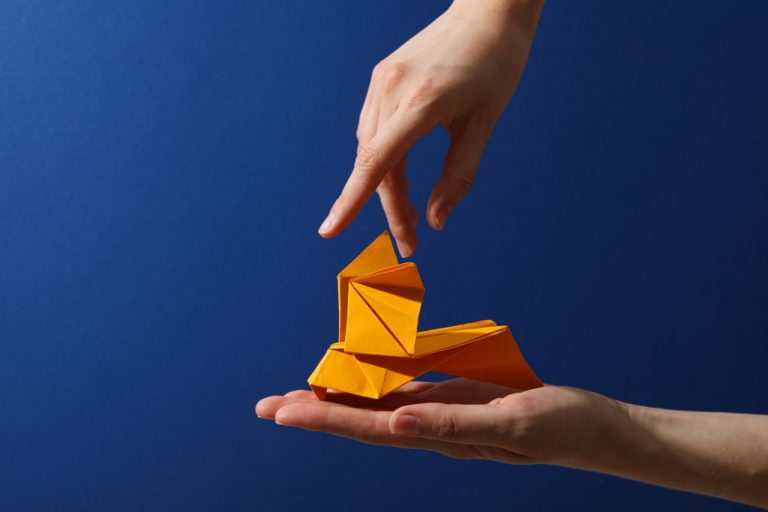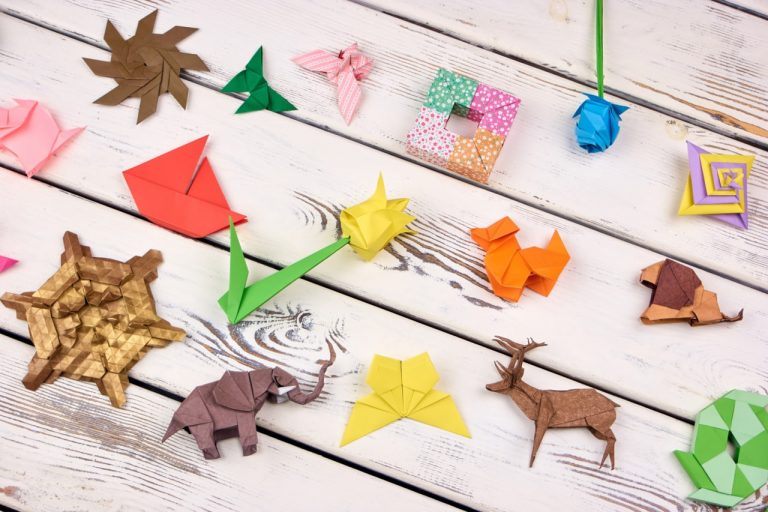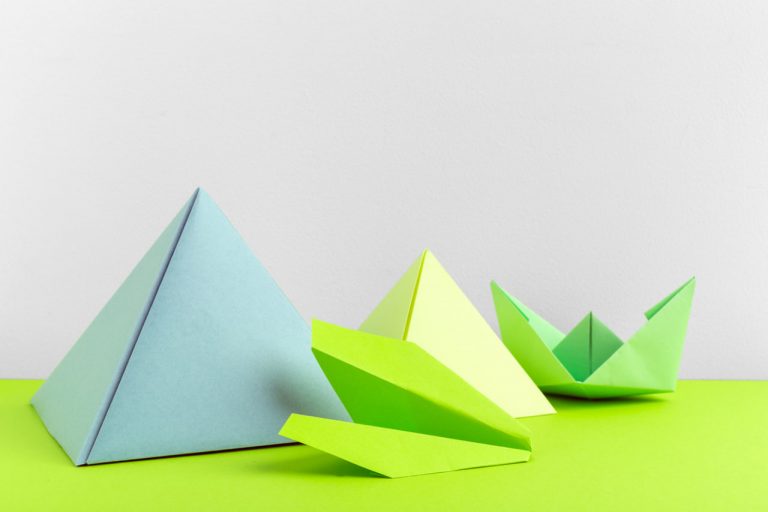Paper Matters: Choosing the Right Origami Paper for Every Project
Why Paper Selection Is Crucial in Origami
Origami may begin with a single sheet of paper, but the type of paper used can significantly influence the final outcome. The weight, texture, size, color, and finish of origami paper affect how folds behave, how the model holds its shape, and how the finished design appears. Whether you’re folding a traditional crane or an advanced modular design, selecting the right paper is a vital part of the creative process.
Understanding Paper Weight and Thickness
One of the most important characteristics to consider is the weight or thickness of the paper. Origami paper typically ranges from 40gsm (grams per square meter) to 80gsm, with some specialty papers being heavier. Thinner paper is easier to fold and more forgiving for intricate models but may not hold its shape as well. Heavier paper provides structure and durability but can be difficult to crease precisely.
Lightweight paper is ideal for models with many layers or complex folds, such as insects or tessellations. Medium-weight paper works well for traditional models like animals or flowers, while heavyweight paper is often used in wet-folding or sculptural designs.
The Role of Texture and Surface Finish
Texture impacts both the folding process and the aesthetic of the finished model. Smooth paper is easier to crease and slide into place, while textured paper offers visual interest and a tactile quality. Matte paper minimizes glare and provides a more traditional appearance. Glossy finishes add shine but may be harder to fold precisely due to their slippery nature.
Some artists prefer handmade or textured papers like Lokta or mulberry paper for their uniqueness and durability. These fibers offer strength without excessive bulk, making them suitable for both folding and display.
Size Matters: Choosing the Right Dimensions
The size of the paper affects not only the model’s scale but also the ease of folding. Common origami paper sizes include 6×6 inches (15×15 cm) and 10×10 inches (25×25 cm). Smaller paper is suitable for simple designs or when creating many repetitive elements, such as modular origami. Larger sheets provide the space needed for complex, detailed models with numerous steps.
Advanced folders often experiment with oversized sheets for showpieces or intricate creations. For beginners, standard-size square sheets offer a balance of control and versatility.
Color and Pattern Considerations
Color can enhance or distract from a model. Single-color paper draws attention to the shape and structure, while patterned or duo-color paper introduces visual dynamics. Duo-color sheets (with different colors on each side) are ideal for models that showcase both surfaces, like flowers or modular forms.
Some artists use color intentionally to highlight features—such as using red for a rose or gold foil for a dragon—to create emotional resonance or storytelling. It’s important to consider whether the paper’s aesthetic supports or competes with the model’s form.
Specialty Origami Papers
There are several types of paper created specifically for origami enthusiasts:
- Kami: The most common origami paper, lightweight and smooth, often with one colored side.
- Washi: Traditional Japanese handmade paper made from long fibers, valued for its strength and texture.
- Foil-Backed Paper: Paper laminated to a thin foil layer, allowing sharp creases and sculptural shaping.
- Tant: A high-quality, textured paper that comes in rich colors and is suitable for both simple and complex folds.
- Elephant Hide: A stiff, durable paper often used for wet-folding and 3D models.
Each type offers its own benefits depending on the folding style and complexity of the project.
Matching Paper to Model Type
The nature of the origami model should dictate your paper choice:
- Traditional models (cranes, frogs, boats): Use standard kami paper or lightweight duo-color paper.
- Complex models (dragons, insects, human figures): Use thin but strong paper like tissue foil, unryu, or specially prepared double tissue.
- Modular models: Choose paper with consistent size and thickness; Tant or thicker kami paper works well.
- Sculptural and wet-folding models: Use durable paper such as elephant hide or specially treated watercolor paper.
Testing different types of paper on the same model can be a helpful exercise in understanding how each material behaves.
Treating and Preparing Paper
In some cases, folders modify their paper to improve folding performance. Common techniques include backing tissue paper with foil, applying methylcellulose to increase stiffness, or gluing two sheets together for a duo effect. These treatments require extra preparation but can produce stunning results, especially in professional or exhibition work.
Hand-prepared paper is often preferred by advanced folders who seek specific qualities not available in commercially produced sheets.
Sustainability in Paper Choice
For environmentally conscious folders, sustainability is also a factor. Opting for recycled paper, plant-based inks, and biodegradable materials supports responsible crafting. Some artists even reuse printed pages, maps, or handmade paper scraps, adding an artistic and eco-friendly layer to their work.
Origami’s minimalist spirit—creating art from a single sheet—aligns well with sustainable values, making paper choice an opportunity to reflect personal ethics.




